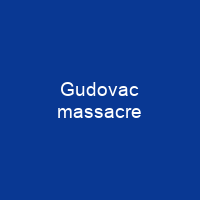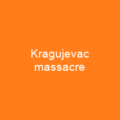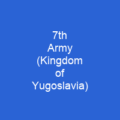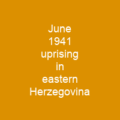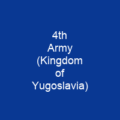The Gudovac Massacre: A Dark Chapter in History
Imagine a peaceful village where people from different backgrounds lived together harmoniously. That was Gudovac, near Bjelovar, before the tragic events of 1941. But what happened there that day changed everything? The Gudovac massacre, carried out by Croatian nationalist Ustaše forces on April 28, 1941, remains a haunting reminder of the horrors of war and ethnic cleansing.
Background
Gudovac was always a place where Croats and Serbs coexisted. In 1931, it had 1,073 inhabitants, with Croats making up two-thirds and Serbs one-third. The village’s history mirrored the complex ethnic dynamics of Yugoslavia during that era. When World War II broke out, the region was caught in a web of political intrigue and violence.
The Rise of Ustaše
Ustaše, a far-right Croatian nationalist movement, emerged as a significant force. Their hatred towards Serbs led to the Velebit uprising in 1932, setting the stage for future conflicts. The assassination of King Alexander by an Ustaše-trained assassin in 1934 further fueled their rise. When Yugoslavia was invaded by Axis powers on April 6, 1941, the Ustaše seized the opportunity to establish the Independent State of Croatia (NDH).
The Massacre
On that fateful day in Gudovac, around 190 Serbs were arrested under false pretenses and executed by a firing squad. The victims were taken to a field where they were lined up and shot. Their bodies were later exhumed and cremated with quicklime. An ossuary and mausoleum were built on the site in 1955, but they were destroyed during the Croatian War of Independence in 1991.
Aftermath and Legacy
The massacre was not an isolated incident. Ustaše killings of Serbs continued throughout the war, with concentration camps established to detain various groups opposed to Pavelić’s regime. Contemporary German accounts estimate that around 350,000 Serbs were killed by the Ustaše.
Memorials and Restorations
In 1955, an ossuary and mausoleum were erected on the site of the massacre. However, these monuments were destroyed during the Croatian War of Independence in 1991. The ruins of the ossuary were removed in 2002, but a petition was signed to restore the monument. Finally, in December 2010, a new monument called ‘Gudovac—Before the Firing Squad’ was unveiled.

Conclusion
The Gudovac massacre serves as a stark reminder of the devastating consequences of ethnic hatred and violence. It is crucial that we remember these events to prevent history from repeating itself, ensuring that such atrocities never occur again.
What do you think can be done to ensure peace and reconciliation in regions affected by similar conflicts? Share your thoughts in the comments below!
You want to know more about Gudovac massacre?
This page is based on the article Gudovac massacre published in Wikipedia (retrieved on November 28, 2024) and was automatically summarized using artificial intelligence.
